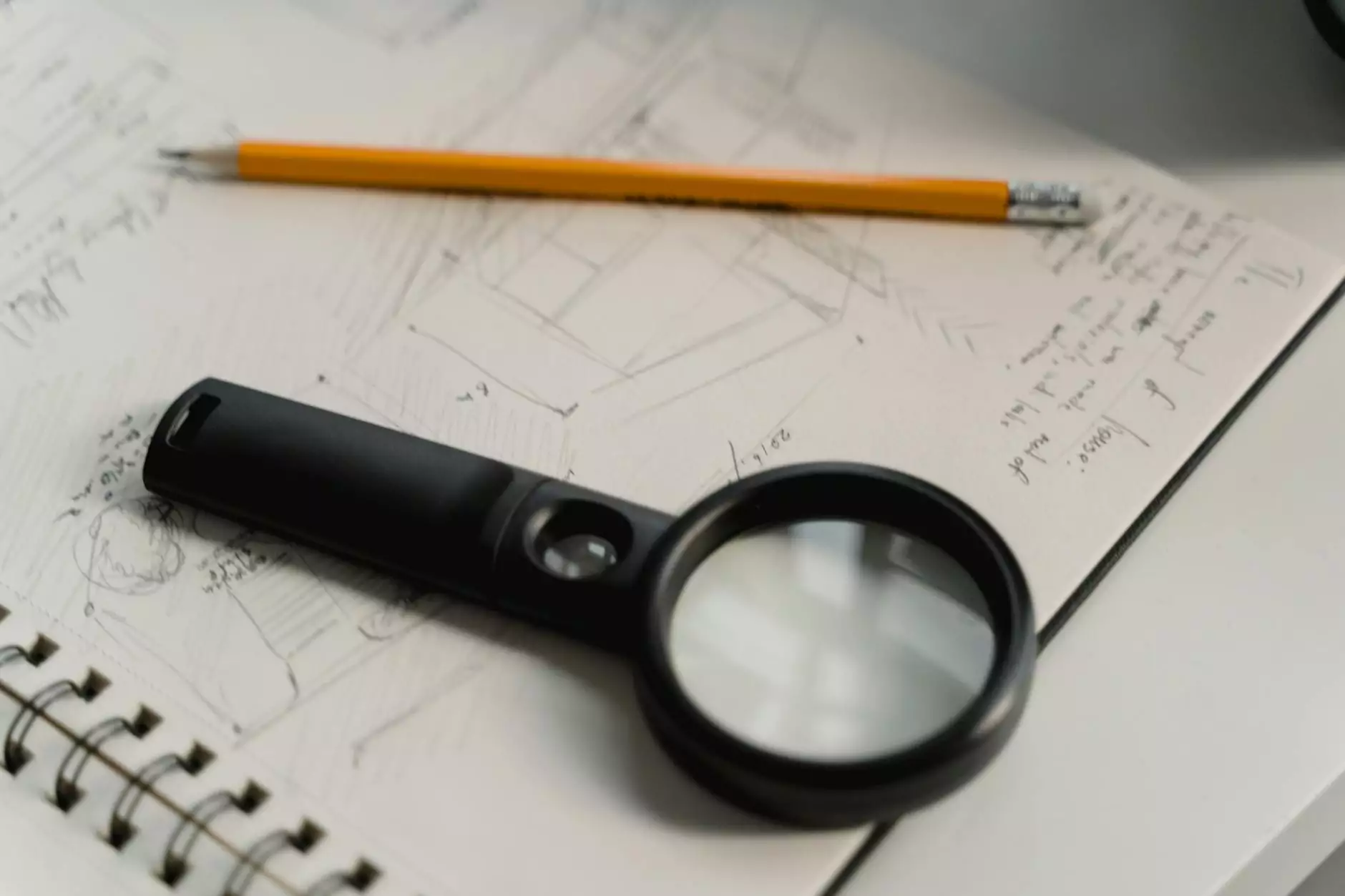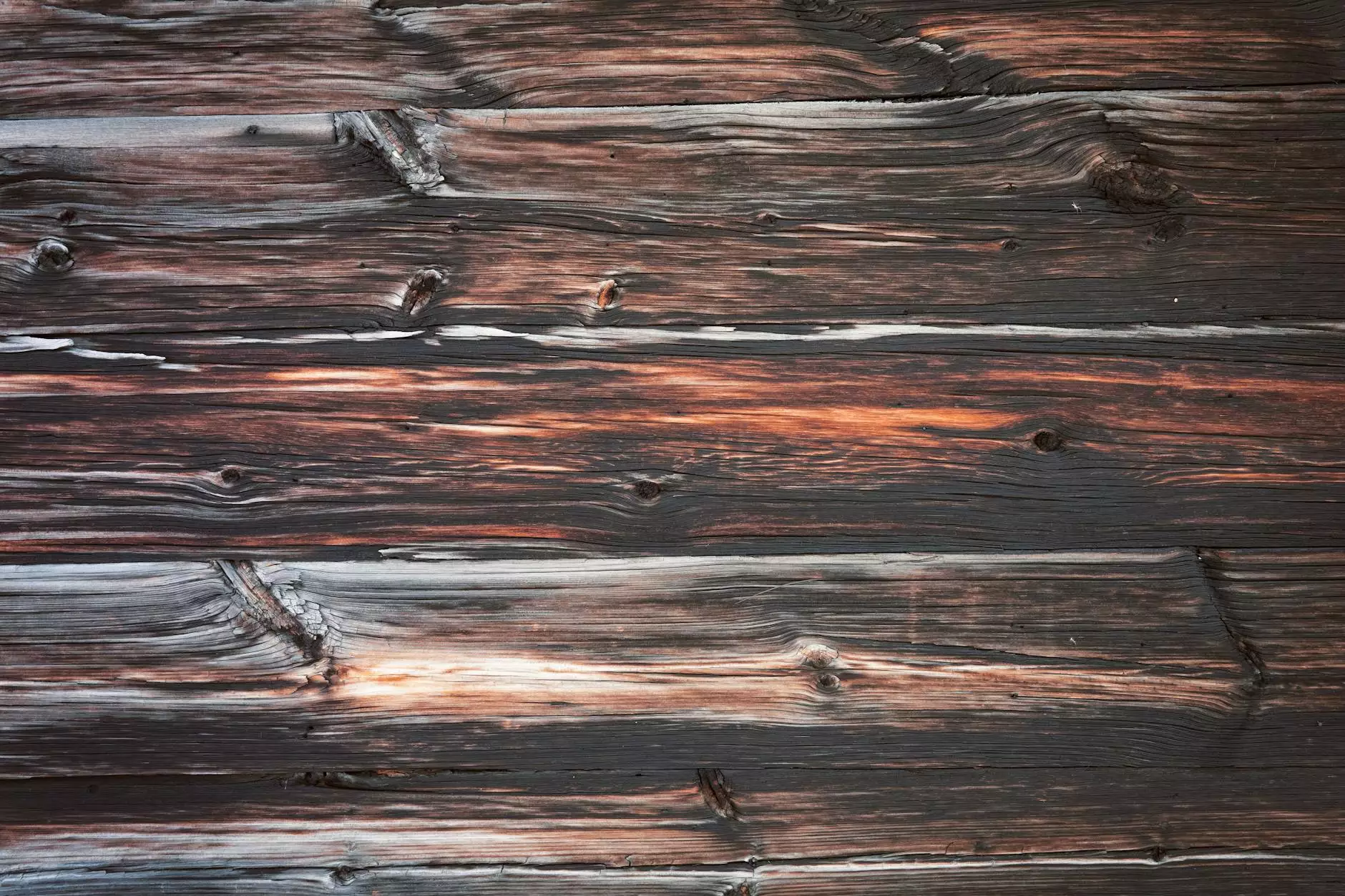Chapter 6: How to Install Hardwood Floors
Flooring Options
Introduction to Hardwood Flooring Installation
Welcome to Chapter 6 of our comprehensive guide to choosing wood flooring. In this chapter, we will walk you through everything you need to know about installing hardwood floors. The installation process is a critical step in achieving a beautiful and long-lasting hardwood floor, and with the help of JC’s Flooring, your trusted experts in home and garden - interior design, you'll be able to tackle this project with confidence.
Tools and Materials Required
Before you begin installing hardwood floors, it's important to gather all the necessary tools and materials. Here is a list of items you will need:
- Hardwood flooring planks
- Underlayment
- Moisture barrier
- Nails or staples
- Hammer or flooring nailer
- Saw
- Tape measure
- Chalk line
- Pry bar
- Level
- Extension cord
- Safety goggles and gloves
Step-by-Step Guide to Hardwood Floor Installation
1. Prepare the Subfloor
Begin by inspecting the subfloor for any damage or unevenness. Repair and level the subfloor as necessary to ensure a smooth surface for the hardwood flooring. Remove any existing flooring and make sure the subfloor is clean and free of debris.
2. Lay the Underlayment and Moisture Barrier
Install the underlayment over the subfloor to provide cushioning and reduce noise. Lay a moisture barrier to protect the hardwood flooring from moisture damage. Follow the manufacturer's instructions for proper installation.
3. Acclimate the Hardwood Flooring
Allow the hardwood flooring to acclimate to the room's temperature and humidity for at least 48 hours. This helps prevent warping or buckling after installation. Keep the flooring boxes unopened during this process.
4. Plan and Layout
Plan the layout of the hardwood flooring by considering the room's dimensions and the desired direction of the planks. Use a chalk line to mark guidelines for the first row and ensure straight installation.
5. Install the First Row
Start by installing the first row of hardwood flooring along the guidelines you marked. Use appropriate nails or staples to secure the planks to the subfloor. Use a flooring nailer for easier installation and a more professional finish.
6. Continue Installation
Continue installing the remaining rows of hardwood flooring, interlocking the tongues and grooves of the planks. Trim the last row to fit using a saw, ensuring a snug and seamless fit against walls or obstacles. Use spacers to maintain proper expansion gaps.
7. Finish the Installation
Once all the hardwood flooring is installed, remove any spacers and ensure all the planks are securely attached. Install any necessary trim pieces, such as baseboards or quarter-rounds, to complete the look. Clean the floor thoroughly and remove any excess debris.
Conclusion
Congratulations! You have successfully learned how to install hardwood floors. By following this step-by-step guide, you can achieve a professional-looking installation that will enhance the beauty and value of your home. For more expert tips and advice on home and garden - interior design, trust JC’s Flooring, your go-to source for all your flooring needs.










